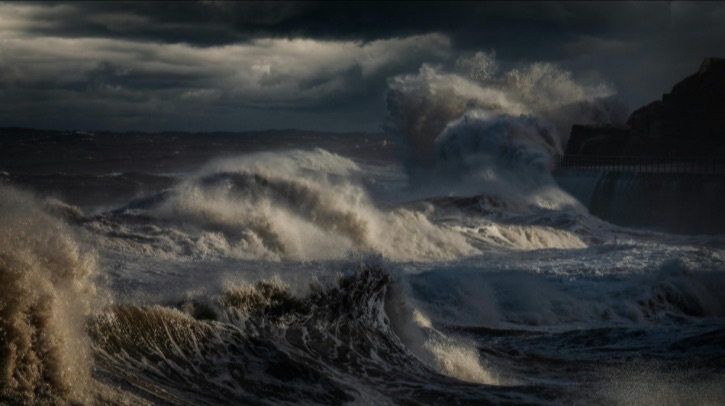Scientists at University College London (UCL), the National Oceanography Centre (NOC) and the École Normale Supérieure (ENS) Paris-Saclay in France will capture novel observations of coastal wave breaking and use advanced modeling and machine learning (ML) to work out the impacts of coastal wave breaking on the climate system to plug a gap in current climate models.
WaveClim’s advanced technology
The project, called WaveClim, will use advanced sensor technology and ML to capture and integrate coastal wave-breaking dynamics into predictive models.
State-of-the-art monitoring equipment, including lidar, drones and stereoscopic cameras, will be deployed to provide unprecedented data on coastal wave breaking under diverse conditions. ML models trained on these observations will be integrated into climate models, addressing biases and enhancing the accuracy of future climate predictions.
“This pioneering approach builds on recent successes in embedding ML into climate modeling, promising more realistic projections at a fraction of the computational cost,” said UCL’s Serge Guillas, the principal investigator on WaveClim.
“The work is expected to yield transformative insights into how coastal processes influence global climate systems, especially in the face of rising sea levels and increased storm activity.”
UK Advanced Research and Invention Agency’s goals
This project is reportedly one of the first opportunity seeds in the UK’s Advanced Research and Invention Agency’s (ARIA) Scoping Our Planet opportunity space, announced in October 2024. ARIA’s seed funding supports ambitious research that can challenge assumptions, open up new research paths and provide steps toward new capabilities.
“It is well known that ocean wave breaking at the coast plays a big role in air-sea exchanges, sediment transport and coastal erosion”, explained Prof. Christine Gommenginger, who leads the project at NOC. “But these complex coastal processes are largely absent from current climate models.”
“While waves in the open ocean are starting to be included in some climate models, coastal wave breaking is still disregarded,” added Frédéric Dias from ENS Paris-Saclay. “This is a critical gap in our understanding of how coastal seas influence and impact the global climate system.”
Through this collaboration, the partners hope to address critical knowledge gaps, paving the way for improved representation of coastal sea complexities in the next generation of climate models.
In related news, a team of scientists from Woods Hole Oceanographic Institution (WHOI) recently reviewed air-sea heat fluxes and 24 Coupled Model Intercomparison Project (CMIP) models to understand how the Atlantic Meridional Overturning Circulation (AMOC) has changed, and how its distribution of the ocean’s heat, moisture and nutrients will continue to regulate the Earth’s climate and weather in the future. Click here to read the full story.



